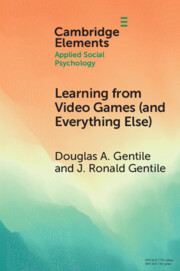Humans are remarkable in their reliance on cultural inheritance, and the ecological success this has produced. Nonetheless, we lack a thorough understanding of how the cognitive underpinnings of cultural transmission affect cultural adaptation across diverse tasks. Here, we use an agent-based simulation to investigate how different learning mechanisms (both social and asocial) interact with task structure to affect cultural adaptation. Specifically, we compared learning through refinement, recombination or both, in tasks of different difficulty, with learners of different asocial intelligence. We find that for simple tasks all learning mechanisms are roughly equivalent. However, for hard tasks, performance was maximised when populations consisted of highly intelligent individuals who nonetheless rarely innovated and instead recombined existing information. Our results thus show that cumulative cultural adaptation relies on the combination of individual intelligence and ‘blind’ population-level processes, although the former may be rarely used. The counterintuitive requirement that individuals be highly intelligent, but rarely use this intelligence, may help resolve the debate over the role of individual intelligence in cultural adaptation.


